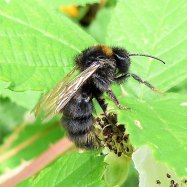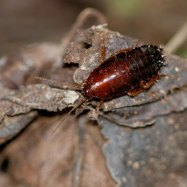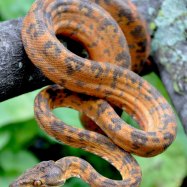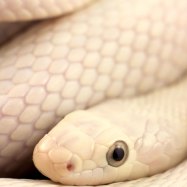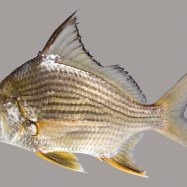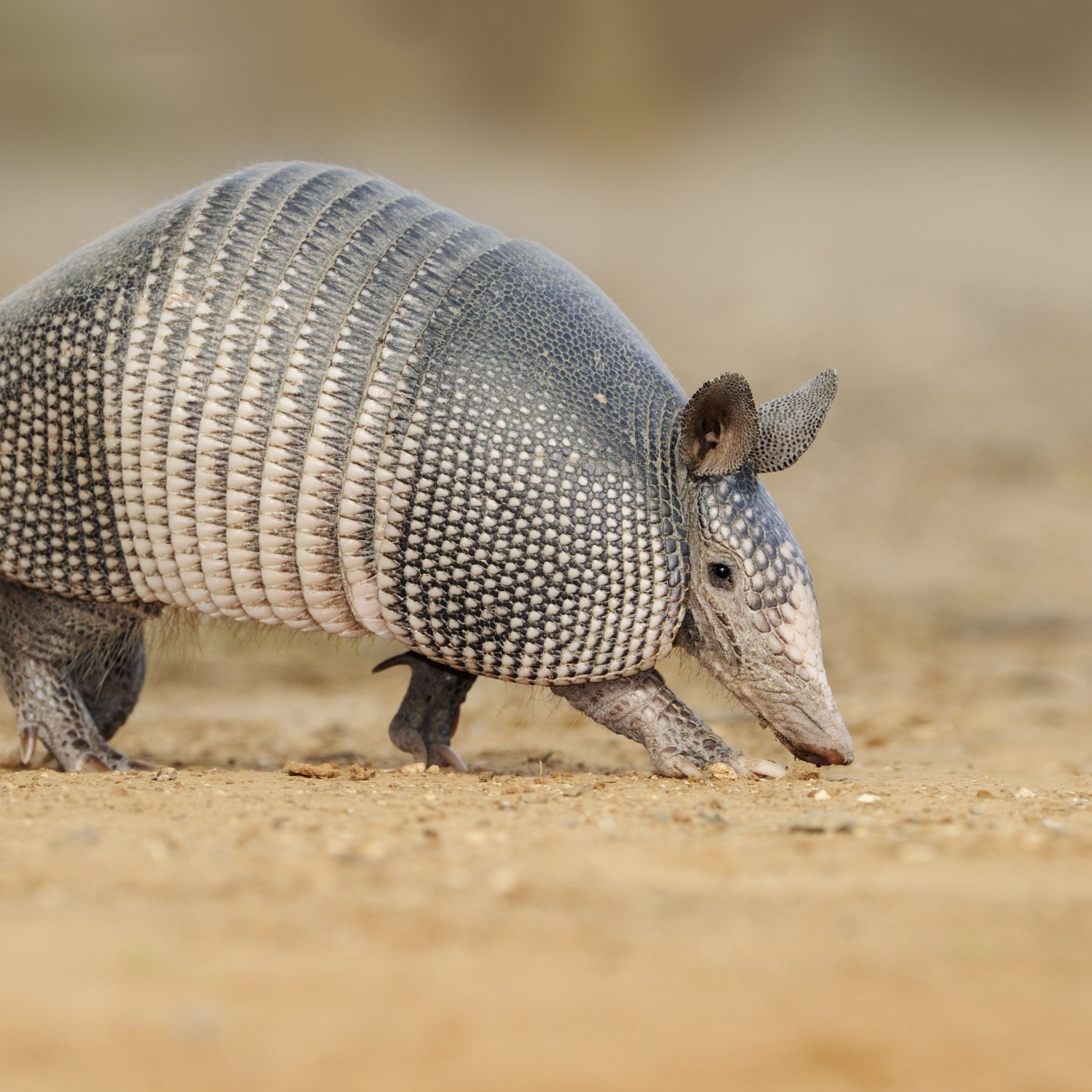
Armadillo
15-17 inches
Learn about armadillos, a unique animal with a stocky body covered in armor-like plates. Found in North, Central, and South America, these animals can grow up to 17 inches long and belong to the Dasypodidae family. #armadillos #wildlife #animals #dasypodidae
Animal Details Summary:
Common Name: Armadillo
Kingdom: Animalia
Habitat: Grasslands, forests, and dry areas
The Armadillo: A Fascinating Creature of the Americas
When you think of the many unique and intriguing creatures that inhabit our planet, one animal that may not immediately come to mind is the armadillo. However, these small yet mighty creatures have a long history and fascinating features that make them stand out among other animals. From their armored plates to their versatile habitats, the armadillo is a truly remarkable creature that deserves a closer look.Scientifically known as Dasypus novemcinctus, the armadillo belongs to the kingdom Animalia and the phylum Chordata, making it a member of the animal family Armadillo. As a mammal, the armadillo falls under the class Mammalia and order Cingulata, and belongs to the family Dasypodidae. This unique creature has several distinguishing features and behaviors that make it a truly fascinating animal to study and observe.
Habitat and Distribution
One of the most intriguing aspects of armadillos is their diverse habitats and wide geographical distribution. These armored animals can be found in various regions across North, Central, and South America, making them a prominent presence in many ecosystems. They typically reside in grasslands, forests, and dry areas, but are also known to adapt to urban environments.Armadillos are native to the United States, primarily found in Southern states such as Texas, Florida, and Louisiana. However, they are also prevalent in Mexico, Central America, and South America, with some species even reaching as far as Argentina and Uruguay. This widespread distribution is a testament to the adaptability and resilience of armadillos, who have managed to thrive in various environments.
Physical Characteristics
The armadillo's most notable feature is its armored plates that cover most of its body Asian Vine Snake. These plates are made of a tough, bony material called keratin, which is also found in human nails and hair. The plates are arranged in rows and bands, allowing for flexibility and movement.Armadillos come in a range of colors, including gray, brown, black, and yellow. The coloration of an armadillo can vary depending on the species, with some having a single-color coat, while others have a patterned coat. These animals have a medium-sized, stocky body with a elongated snout and small eyes. On average, they measure 15-17 inches in length, with some species reaching up to two feet.
One interesting characteristic of armadillos is their ability to jump. Despite their stocky bodies, armadillos can jump up to three to four feet in the air vertically due to their powerful hind legs. This skill helps them navigate difficult terrain and escape predators.
Feeding and Diet
Armadillos are omnivorous creatures, meaning they consume both plant and animal matter. Their diet typically consists of insects, small vertebrates, plants, and fruits. As they have a keen sense of smell, armadillos use their snouts to dig and forage for food in the ground, often leaving behind small, cone-shaped holes in their wake.These animals also play an essential role in the ecosystem as they help control insect populations, making them valuable to farmers and gardeners. Their strong digestive system is also able to process toxic substances found in certain insects, protecting them from harmful effects.
Behavior and Adaptability
Armadillos are primarily solitary animals, and even though they are active during the day, their preference for digging and burrowing makes them challenging to spot. They are opportunistic creatures and will take advantage of any food source or shelter that presents itself.One of the most fascinating aspects of armadillos is their remarkable adaptability. They can thrive in a wide range of habitats and have a unique ability to cross bodies of water by holding their breath and walking along the bottom. This strategy has allowed some species to colonize new areas, proving their resilience and survival skills.
Conservation Status and Threats
Despite their impressive adaptability, some species of armadillos are still facing threats to their populations. Habitat loss and fragmentation, as well as road mortality, are significant concerns for these animals. Climate change is also affecting their habitats, with some areas becoming too hot or dry for these creatures to survive.One species, the giant armadillo, is considered vulnerable by the International Union for the Conservation of Nature (IUCN) due to deforestation and poaching for their scales, which are used in traditional medicine. Other species, such as the pink fairy armadillo, are listed as near-threatened due to their limited habitats and low population numbers.
The Fascinating World of Armadillos
In conclusion, the armadillo is a truly remarkable creature with many unique and fascinating characteristics. From their armored plates to their versatility in habitats, these animals have managed to adapt and thrive in different environments across North, Central, and South America.While some species may face threats to their survival, it is important to continue learning about and appreciating these remarkable creatures. By understanding their behaviors and habitats, we can work towards protecting and preserving the armadillo and their diverse populations in the Americas. Hopefully, future generations will have the opportunity to witness and appreciate these amazing animals in their natural habitats.

Armadillo
Animal Details Armadillo - Scientific Name: Dasypus novemcinctus
- Category: Animals A
- Scientific Name: Dasypus novemcinctus
- Common Name: Armadillo
- Kingdom: Animalia
- Phylum: Chordata
- Class: Mammalia
- Order: Cingulata
- Family: Dasypodidae
- Habitat: Grasslands, forests, and dry areas
- Feeding Method: Omnivorous
- Geographical Distribution: North, Central, and South America
- Country of Origin: United States, Mexico, Central and South America
- Location: Armadillos are found in various regions across North, Central, and South America.
- Animal Coloration: Gray, brown, black, or yellow
- Body Shape: Medium-sized with a stocky body covered in armored plates
- Length: 15-17 inches
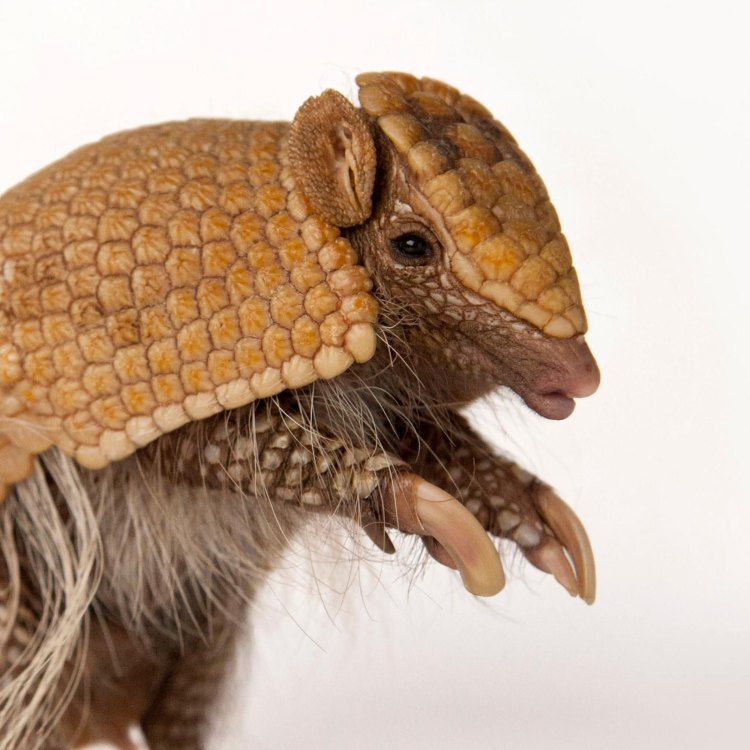
Armadillo
- Adult Size: Up to 5 feet long, including the tail
- Average Lifespan: 10-15 years
- Reproduction: Sexual
- Reproductive Behavior: Mating usually occurs in July or August, and young are born in the spring after a gestation period of about 4 months.
- Sound or Call: They make various sounds including hissing, grunting, and squealing.
- Migration Pattern: Non-migratory
- Social Groups: Solitary
- Behavior: Armadillos are primarily nocturnal and spend much of their time digging burrows and searching for food.
- Threats: Habitat loss, road accidents, hunting
- Conservation Status: Least Concern
- Impact on Ecosystem: Armadillos play a role in soil aeration and insect control.
- Human Use: Used for research purposes, cultural symbols, and as a food source
- Distinctive Features: Their body is covered in bony armored plates, and they have strong claws for digging.
- Interesting Facts: Armadillos are the only mammals with shells composed of bony plates. They can hold their breath for up to six minutes, and some species can roll into a ball for protection.
- Predator: Main predators include large cats, dogs, and humans.
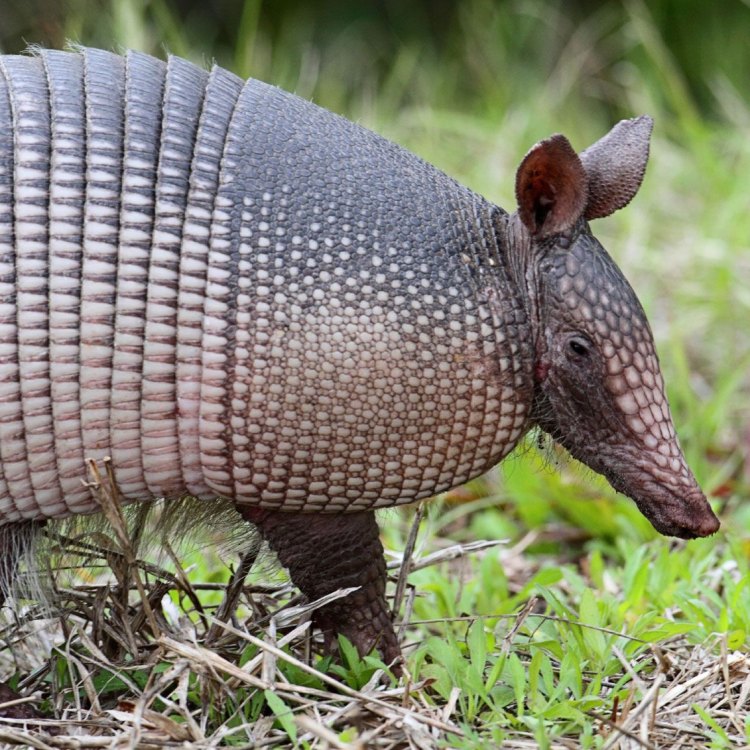
Dasypus novemcinctus
The Fascinating World of the Armadillo: Nature's Little Armored Creatures
Imagine coming across an unusual creature with a unique shell-like exterior and powerful claws for digging. What would you think it is? Is it an ancient reptile? A distant relative of the armadillo perhaps? Well, you might be surprised to learn that this fascinating creature is none other than an armadillo – a mammal native to the Americas and known for its distinctive features and behaviors.In this article, we will take a deeper look into the world of armadillos and discover what makes them such intriguing creatures. From their physical appearance to their impact on the ecosystem and their relationship with humans, we will uncover the many facets of these amazing animals PeaceOfAnimals.Com.
So, sit back, relax, and get ready to delve into the captivating world of the armadillo.
Size, Lifespan, and Reproduction
While there are 20 different species of armadillos, they all have similar characteristics in terms of size and reproductive behavior. On average, armadillos can grow up to 5 feet long, including their tail, and weigh between 8-17 pounds. However, there have been reports of giant armadillo species reaching up to 40 inches in length and weighing up to 100 pounds!In terms of lifespan, armadillos can live for 10-15 years in captivity, but their lifespan in the wild is significantly shorter due to various threats such as predators and human interference.
When it comes to reproduction, armadillos are sexual beings and follow a mating pattern that usually occurs in July or August. After mating, the female armadillo undergoes a gestation period of approximately 4 months before giving birth to her young in the spring. Interestingly, armadillos give birth to identical quadruplets, meaning all four offspring are genetically identical. This phenomenon is known as monozygotic twinning and is rare among mammals.
Sounds and Behavior
You may have seen videos of armadillos hissing or making other sounds, but did you know that they have a variety of vocalizations? Armadillos can make hissing, grunting, and squealing sounds, with different meanings for each sound American Eel. For example, they may hiss to signal aggression, grunt to express discomfort, and squeal while mating or when communicating with their young.In terms of behavior, armadillos are primarily nocturnal creatures, meaning they are most active at night. They spend most of their time digging burrows and searching for food, as they are opportunistic omnivores. This means they will eat a wide variety of foods, including insects, plants, fruits, and small vertebrates.
Armadillos are also solitary creatures and usually do not interact with other armadillos, except during mating season. However, they have been known to share their burrows with other animals, such as opossums.
Threats and Conservation Status
Despite their unique abilities and adaptations, armadillos are facing numerous threats that are impacting their populations and habitats. The most significant threat to armadillos is habitat loss. Due to urbanization and human activities, their natural habitats are rapidly decreasing, leaving them with less space to live and adverse effects on their survival.Another threat to armadillos comes in the form of road accidents. As armadillos are nocturnal and often cross roads at night, they are frequently hit by cars, causing severe injuries or death.
Moreover, armadillos face the threat of hunting for their meat and shells. In some cultures, armadillos are considered a delicacy, while their shells are used as an ingredient for traditional medicines. These practices are putting further pressure on the already vulnerable populations of armadillos.
Despite these challenges, the International Union for Conservation of Nature (IUCN) has classified armadillos as a species of least concern. This means that while they are facing threats, their populations are still relatively stable. However, continued conservation efforts are necessary to ensure their survival and well-being in the future.
The Impact of Armadillos on the Ecosystem
As with any species, armadillos play a crucial role in the ecosystem. Their digging behavior helps aerate the soil, which promotes better root growth and nutrient circulation for plants. Additionally, their fondness for insects makes them natural pest controllers, reducing the population of harmful insects in their habitats.Moreover, armadillos also serve as prey for larger predators, such as large cats, dogs, and humans. This keeps the food chain in balance and contributes to the overall health of the ecosystem.
Human Use and Cultural Significance
While armadillos are not a commonly consumed food source in most Western countries, they have been a staple in the diet of indigenous communities in the Americas for centuries. In these cultures, armadillos are seen as a nutritious and sustainable food source as they are abundant and provide a good source of protein.In addition to their use as a food source, armadillos also serve as important research subjects for scientists. Due to their unique anatomy and survival adaptations, scientists have studied armadillos to understand biological processes that may have implications for human health.
Apart from their practical uses, armadillos also hold cultural significance in certain communities. They have been seen as symbols of protection, resilience, and adaptability, as well as a representation of a link to the past.
Distinctive Features and Fun Facts
One of the most distinct features of armadillos is their bony armored plates that cover their body. These plates, also known as scutes, are made of keratin – the same protein found in human hair and nails. The number of plates varies from species to species, with the three-banded armadillo having three distinct plates and the nine-banded armadillo having nine.Another fun fact about armadillos is their ability to hold their breath for up to six minutes. This can be helpful when crossing streams or digging in waterlogged areas.
Additionally, some species of armadillos have a unique defense mechanism – rolling into a ball. When threatened, they can tuck in their head and legs and rely on their strong and sturdy armor to protect them from predators.
The Fascinating World of Armadillos
In conclusion, the world of armadillos is a fascinating one. These creatures have unique features, behaviors, and interactions with their environment that make them stand out in the animal kingdom. From their bony armor and powerful digging abilities to their role in the ecosystem and cultural significance, armadillos have much to offer and teach us about the wonders of nature.However, despite their resilience and adaptability, armadillos face numerous threats that could potentially impact their future. It is essential that we continue to protect their habitats and raise awareness about their conservation needs to ensure their survival for generations to come.
Next time you come across an armadillo, take a moment to observe and appreciate this incredible creature, and perhaps share some of the fascinating facts you learned from this article. After all, we never know what secrets and lessons nature's little armored creatures have yet to reveal.
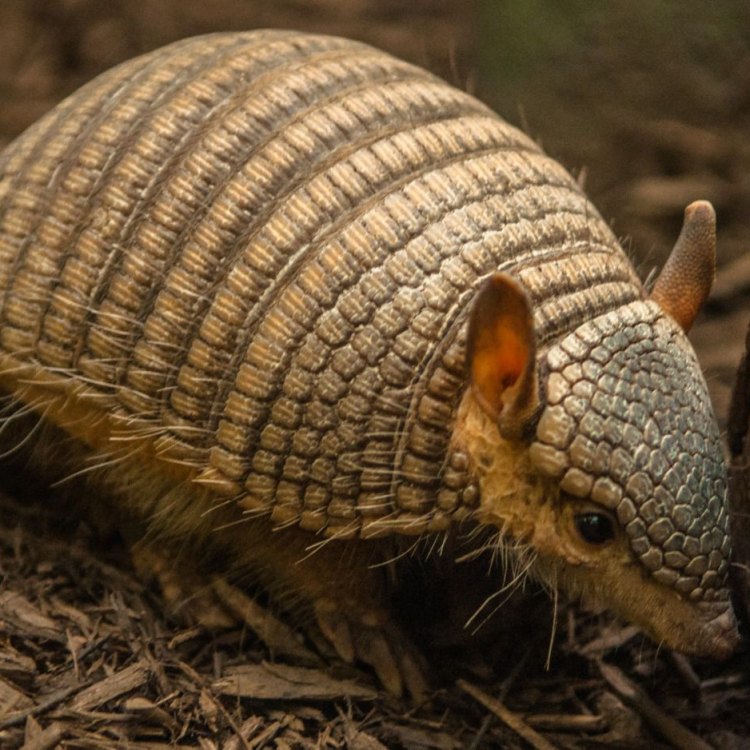
The Armadillo: A Fascinating Creature of the Americas
Disclaimer: The content provided is for informational purposes only. We cannot guarantee the accuracy of the information on this page 100%. All information provided here may change without prior notice.







